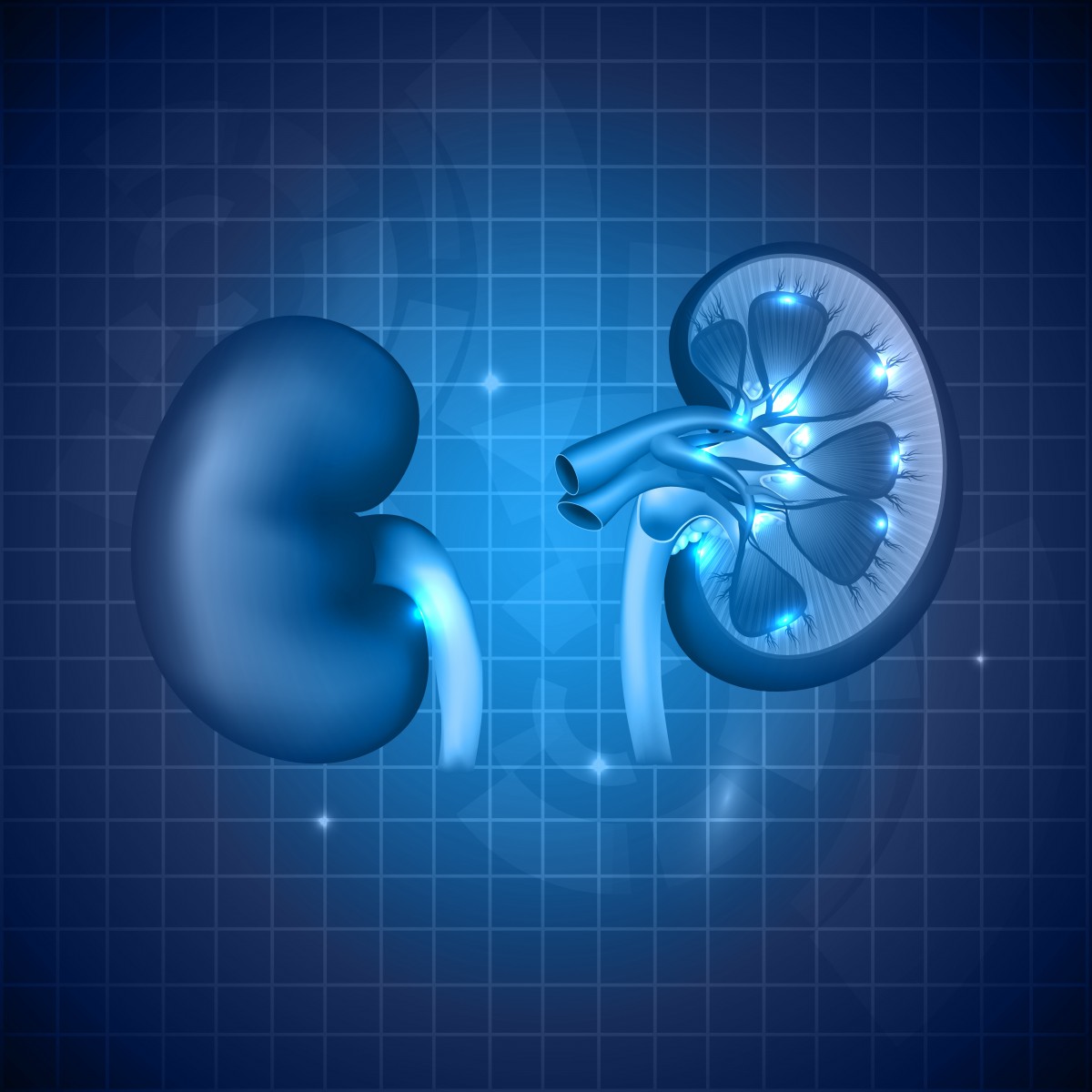Mitochondrial Regulator, PGC1α, Works to Promote Kidney Recovery from Acute Injury

Kidneys began to recover from acute kidney injury when administered vitamin supplements that increase the levels of nicotinamide adenine dinucleotide (NAD), according to the study, “PGC1α drives NAD biosynthesis linking oxidative metabolism to renal protection,” published in the journal Nature. The research suggests that mitochondria are involved in this process.
Acute kidney injury, which leads to a sudden loss of kidney function, is a particularly prevalent in hospitalized patients. Estimates point that 1 out of 5 hospitalized patients worldwide experience acute kidney injury. This number is even higher in hospitalized children, with 1 out of every 3 being affected.
A team of researchers at the Beth Israel Deaconess Medical Center (BIDMC) has been investigating the causes of acute kidney injury. As Samir Parikh, MD, an investigator in the Division of Nephrology and in the Center for Vascular Biology Research (CVBR) at BIDMC, and an associate professor of Medicine at Harvard Medical School, said in a press release: “Our laboratory has been working to understand the molecules and pathways that make the kidneys so vulnerable to so many stressors, including toxins and poor blood flow. If we can understand the root of the problem, then we can work to make the kidney more robust in the face of these assaults.”
The kidney is very active metabolically, being dependent on mitochondria’s activity to generate adenosine triphosphate (ATP), the chemical energy that supports kidney functions, i.e., filtering blood and removing toxins from the body.
“Within the kidney there is abundant ATP and mitochondria to carry out this essential chemical function, [so] we hypothesized that mitochondria might also be serving as an essential and early target for the various risk factors leading to kidney injury,” Dr. Parikh said.
Researchers tested their hypothesis, and found that the mitochondrial biogenesis regulator, PGC1 alpha, is critical for kidney recovery after injury. Specifically, they discovered that the protective role of PGC1 alpha is mediated via its regulation of NAD biosynthesis, a molecule with an established role in metabolism and aging.
“One of the most robust reactions was a local deficiency of niacinamide [an analog of vitamin B3] within the injured kidney. Recent studies have suggested that NAD levels fall with aging or with diabetes, which are two of the major risk factors for kidney injury. That was when a lightbulb went on,” Dr. Parikh added.
To determine if increasing the levels of NAD would rescue kidney injury and promote recovery, researchers used mice with a genetic deletion for PGC1 alpha and administered large quantities of vitamin B3 nutritional supplements. “We found that, following administration of the supplements, the kidneys were able to resist both toxic and ischemic stress,” said Dr. Parikh.
Results suggest that manipulating the levels of NAD is a potential new therapeutic avenue for kidney failure.
“Our work draws some new connections between PGC1 alpha and the NAD molecule, and their effects on metabolism. If indeed NAD levels fall with aging, the kidney may be a new window to thinking about how we study aging overall and may take us outside the world of acute injury to more broadly consider how the body deals with environmental stressors throughout life,” Dr. Parikh concluded.






